Video of Mr. Nguyen Van Huong, Head of Weather Forecast Department, National Center for Hydro-Meteorological Forecasting, commenting on storm No. 11:
On the afternoon of October 4, Mr. Nguyen Van Huong, Head of Weather Forecast Department, National Center for Hydro-Meteorological Forecasting, had an interview with reporters about the forecast of the developments and impacts of storm No. MATMO (storm No. 11) on our country.
Sir, what is the assessment of the Center for Hydro-Meteorological Forecasting on the next developments of storm MATMO (storm number 11)?
At 10am on October 4, the storm was still more than 500km east-northeast of Hoang Sa. It is forecasted that in the next 24 hours, the storm will continue to move west-northwest and increase in intensity to level 13.
Our calculations of the storm's path show that in the coming time, the storm is likely to shift north and will enter the area between Quang Ninh and Guangxi provinces of China. The strongest storm intensity can reach level 8 - 9 in Quang Ninh province and other areas will have strong winds of level 6 - 7.
Due to the influence of the storm circulation, from October 5 to 7, the Northern region will experience a widespread rainstorm, with the focus being on the mountainous and midland areas of the North, with total rainfall estimated to range from 150 to 250 mm. Due to the storm moving north, the rainfall in the Northern Delta region as well as Thanh Hoa will not be large, with rainfall ranging from 70 to 120 mm, with some places exceeding 200 mm.
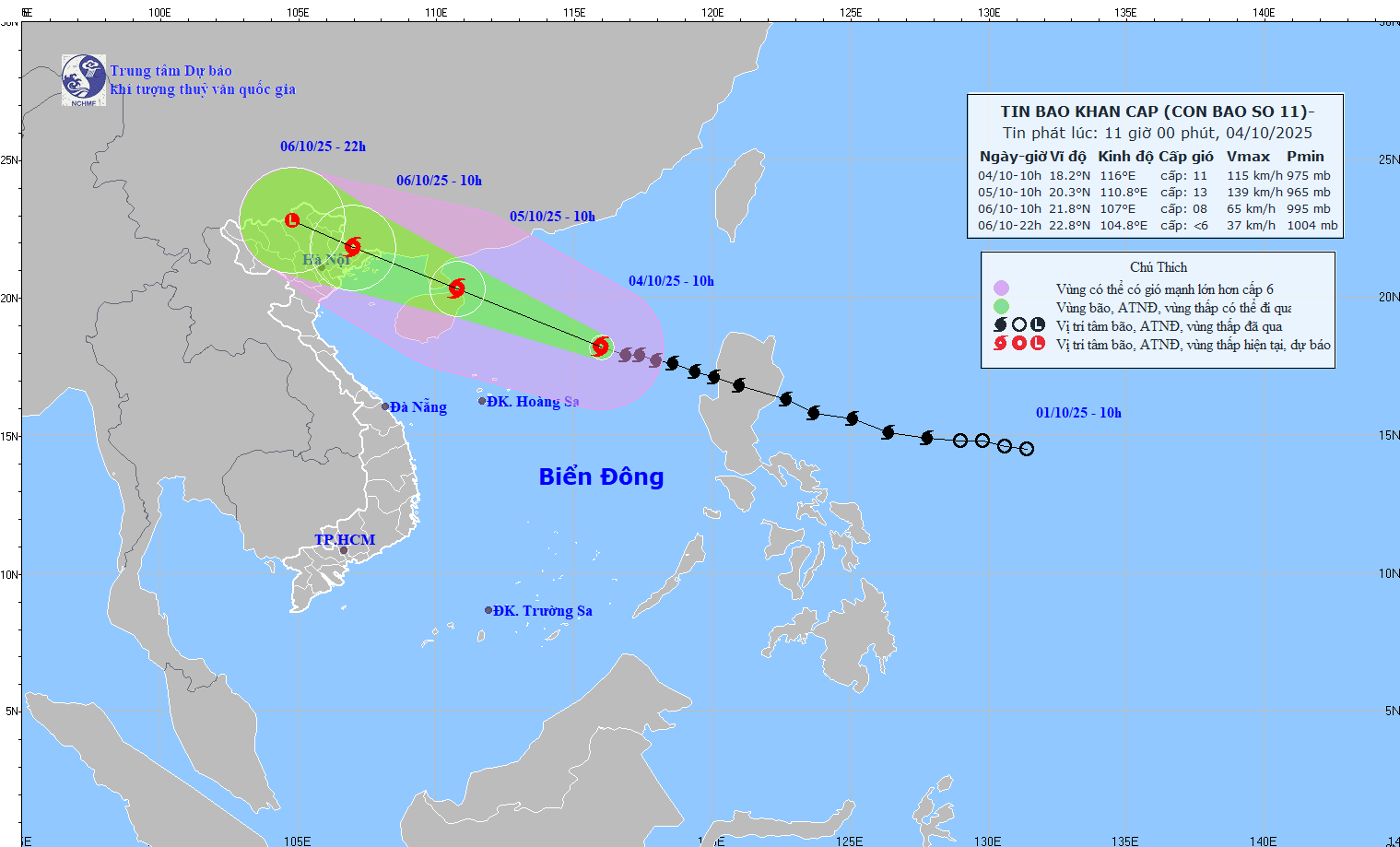
According to forecasts, the storm will intensify when entering the East Sea. So why did the storm intensify, sir?
When entering the East Sea, the intensity of the storm tends to increase because there are relatively favorable conditions for the development of the storm. We observe that the sea surface temperature in the East Sea is around 28 - 29 degrees, while the normal condition is around 26 - 27 degrees, which is a good condition for the storm to increase in intensity.
In addition, the wind shear in the East Sea area is also small, when the wind shear is small, it will create moisture to accumulate and develop in the storm structure. Therefore, the storm's trend in the next 24 - 48 hours is to strengthen.
When moving across the northern area of Leizhou (China) and entering the Gulf of Tonkin, the storm friction with the ground and wind shear in this area increases the storm's intensity. Thus, the Quang Ninh area is likely to have strong winds of level 8 - 9 and the strongest when the storm makes landfall.
How can such wind power affect areas of Quang Ninh province, sir?
The coastal area of Quang Ninh is the focus of impact, with strong winds of level 8 - 9. Further inland areas of Quang Ninh province will have strong winds of level 6 - 7. In addition, the storm's circulation can cause strong winds of level 6 - 7 in Lang Son province and Bac Ninh province. In addition, we also note that during this storm, thunderstorms can occur before and during the storm, which is also a very dangerous and concerning phenomenon.
We also emphasize in the news that with storm No. 11, the storm circulation is wide, so there is a possibility that while the storm has not directly affected our country, thunderstorms and tornadoes will still appear and have a very large impact on the health and safety of people and their homes. The focus is on the Gulf of Tonkin as well as the North Tonkin region.
Thank you very much!
Source: https://baotintuc.vn/xa-hoi/chuyen-gia-canh-bao-mua-lon-dong-loc-o-mien-bac-do-anh-huong-cua-bao-so-11-20251004140439937.htm


![[Photo] Bustling Mid-Autumn Festival at the Museum of Ethnology](https://vphoto.vietnam.vn/thumb/1200x675/vietnam/resource/IMAGE/2025/10/4/da8d5927734d4ca58e3eced14bc435a3)


![[Photo] General Secretary To Lam attends the 8th Congress of the Central Public Security Party Committee](https://vphoto.vietnam.vn/thumb/1200x675/vietnam/resource/IMAGE/2025/10/4/79fadf490f674dc483794f2d955f6045)

![[Photo] Solemn opening of the 8th Congress of the Central Public Security Party Committee, term 2025-2030](https://vphoto.vietnam.vn/thumb/1200x675/vietnam/resource/IMAGE/2025/10/4/f3b00fb779f44979809441a4dac5c7df)




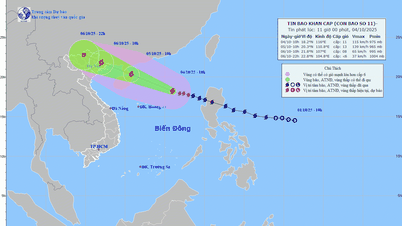

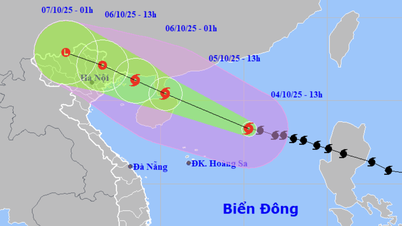

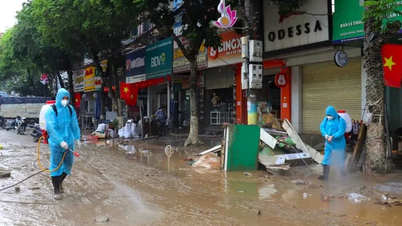


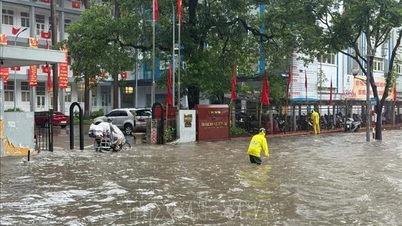
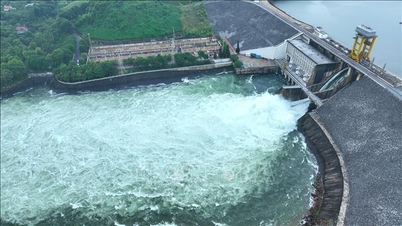

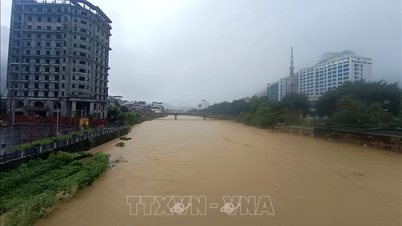
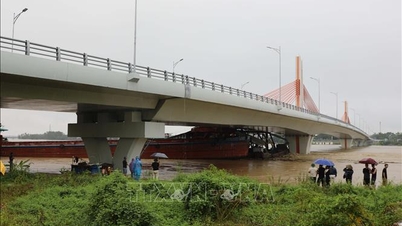





































![[VIDEO] Summary of Petrovietnam's 50th Anniversary Ceremony](https://vphoto.vietnam.vn/thumb/402x226/vietnam/resource/IMAGE/2025/10/4/abe133bdb8114793a16d4fe3e5bd0f12)

![[VIDEO] GENERAL SECRETARY TO LAM AWARDS PETROVIETNAM 8 GOLDEN WORDS: "PIONEER - EXCELLENT - SUSTAINABLE - GLOBAL"](https://vphoto.vietnam.vn/thumb/402x226/vietnam/resource/IMAGE/2025/7/23/c2fdb48863e846cfa9fb8e6ea9cf44e7)



















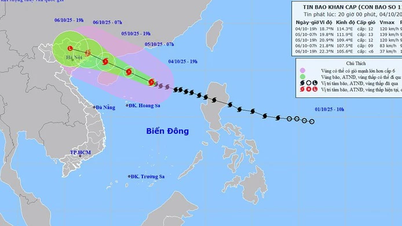














Comment (0)